18 Mar 2010 – Medya News -On Tuesday, March 16, 2010, the Middle East Institute hosted three experts on Iranian Kurds Carol Prunhuber, Sharif Behruz and Idris Ahmedi for a lecture about the political, social and human rights status of Iran’s Kurds, one of the
country’s largest ethnic groups.The event titled “The Kurds of Iran: A Look at their Past, Present and Future” was chaired by Kate Seelye, the Vice-President of the Middle East Institute. In her opening remarks, she stated “I know a little bit about the Kurds and a little bit about Iran, but I realized preparing for this, I knew nothing about Iran’s Kurds, so this is a wonderful opportunity to learn about this valuable and under discussed topic.”
The series of lectures that were presented at this debate were the first of its kind on the US capital hill that dealt with Iran national ethnic groups and their position in future Iran.
Carol Prunhuber, the author of the new book on the life and death of legendary Iranian Kurdish leader Dr. A. R. Ghassemlou described the struggle of the Kurds of Iran through this talented leader and said “Unlike other Middle East leaders that fancy democratic ideals but are discouraged by the risks in pursuing them, Ghassemlou had the courage to manifest his democratic and humanistic vision, as well as put forward his political program within an Islamic society.”
Another panellist was Sharif Behruz, the US representative of Democratic Party of Iranian Kurdistan who elaborated on a brief history of the freedom movement in Iran, especially among national ethnic groups in the last three decades of Islamic rule in Iran leading to the current movement best known as the Green Movement. Behruz in highlighting this movement’s flaws and stressing on his Party’s position indicated “since there cannot be any meaningful elections in Iran as long as the political system remains as it is, demanding new elections only means that one figure will be replaced by another. The aim should be the abolishment of the theocracy and the introduction of a truly democratic system in Iran. In other words, the objective of the Green Movement should be regime change, not merely changing the Ahmadinejad government. “
There have been credible claims that this movement is confined to the centre and has not been able to garnish support among Iran’s various ethnic groups. PDKI’s representative to the US reaffirmed “However, as long as the Green Movement does not call for regime change and does not address the demands of the Kurdish movement and those of other nationalities in Iran, this movement will not become a country-wide and truly popular force for genuine change.”
For his part on the future of Iran with respect to diversity, Idris Ahmedi, a visiting scholar at the University of Georgetown highlighted two overarching and contending perspectives, first being traditional and belonging to the dominant ruling elite that “this diversity is a liability and even a potential threat to Iran’s territorial integrity.”
On the other alternative perspective, which is that of political actors representing the minorities, he stated that “this diversity would not only facilitate a transition to meaningful democracy, but also serve as a form of checks and balances to safeguard democracy in Iran.”
As in regards to ethnic diversity and “separatism” Ahmedi added that “separatism” is “the major concern for the Islamic Republic as well as some opposition groups with regard to Iran’s ethnic diversity;” and he further added that the persistent reference to separatism “ is less motivated by a concern over the territorial disintegration of Iran than a concern about changes in existing relations of power (or relations of domination and subordination);”
© 2010 Medya News English

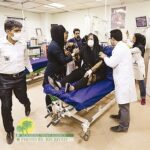
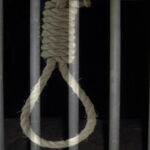
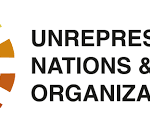



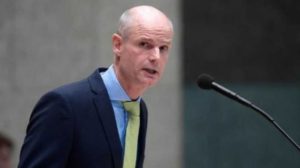
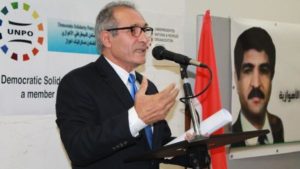
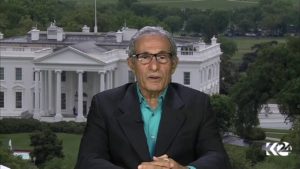
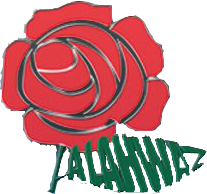
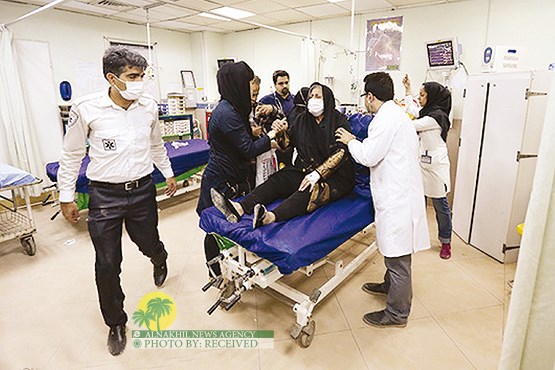




+ There are no comments
Add yours